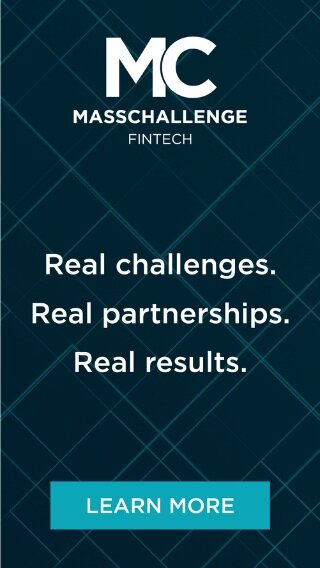Fintech meets mutual aid with WellMoney
/What
WellMoney is a membership-based money sharing community; members contribute a monthly fee to access a community of peers who are willing to help them cover financial emergencies. WellMoney’s Founder and CEO, Dr. Kortney Ziegler, describes WellMoney as a “cost-sharing community for emergencies” from which members can take from “no questions asked,” avoiding payday lenders or crowdfunding platforms like GoFundMe.
Why
Ziegler described both national and personal reasons for founding WellMoney. According to the Fed, 32% of Americans are unable to afford a $400 emergency; Ziegler said he fell into that category growing up. What’s more, there are tremendous hoops people have to go through to access $400 dollars, whether through checking agencies, payday loans, or other platforms. The onset of the Covid-19 pandemic, in addition to a nationwide movement after the murder of George Floyd, turned many people’s attention to mutual-aid groups and other forms of direct-cash distribution, eschewing more traditional and institutional forms of giving, such as donations to nonprofits. “There’s been a push toward community building and really focusing on new types of community building for folks who may not even know each other,” Ziegler noted.
WellMoney also hopes to become one of the largest emergency fund institutions in the US; with an eye on its financial independence, it opted for VC funding rather than grant money, of which there is less supply and more strings attached. Opting for a for-profit path may grant greater reach and viability in the long run.
How
Membership-based communities hoping to sustain their operations need members. Ziegler reached out to mutual-aid groups—Facebook groups, Twitter communities, Reddit forums, and other spaces—to spread the word about WellMoney, which offers advantages by not being a geographically bounded emergency fund in the way city-specific mutual aid groups can be. “We try to source a lot of our members from those who need financial support or also those who are philanthropists as well,” Ziegler said.
Ziegler cites pilot programs nationwide that prove that direct cash transfers can have positive social effects, and that recipients know where to spend money. At the same time, WellMoney established certain stipulations in order to establish trust among members; the platform’s members are only able to withdraw money after two payments, which helps prevent a run-on-the-bank type phenomenon. In fact, Ziegler said the platform’s operations help encourage the opposite. Many users have withdrawn money from the collective fund, and then increased their contribution thereafter. “That’s really awesome to see,” Ziegler said. Using PayPal and Venmo for deposits and withdrawals also provides a KYC-light layer as an additional protective barrier.
And finally, as part of its ongoing intention to sustain itself in the long run without influxes of VC cash, WellMoney is looking to whitelabel its operations for other groups in need of emergency-fund management. It’s running a pilot program with a nonprofit’s expenditure fund that covers an annual cohort of artists, and is considering programs with other groups, such as food banks.





